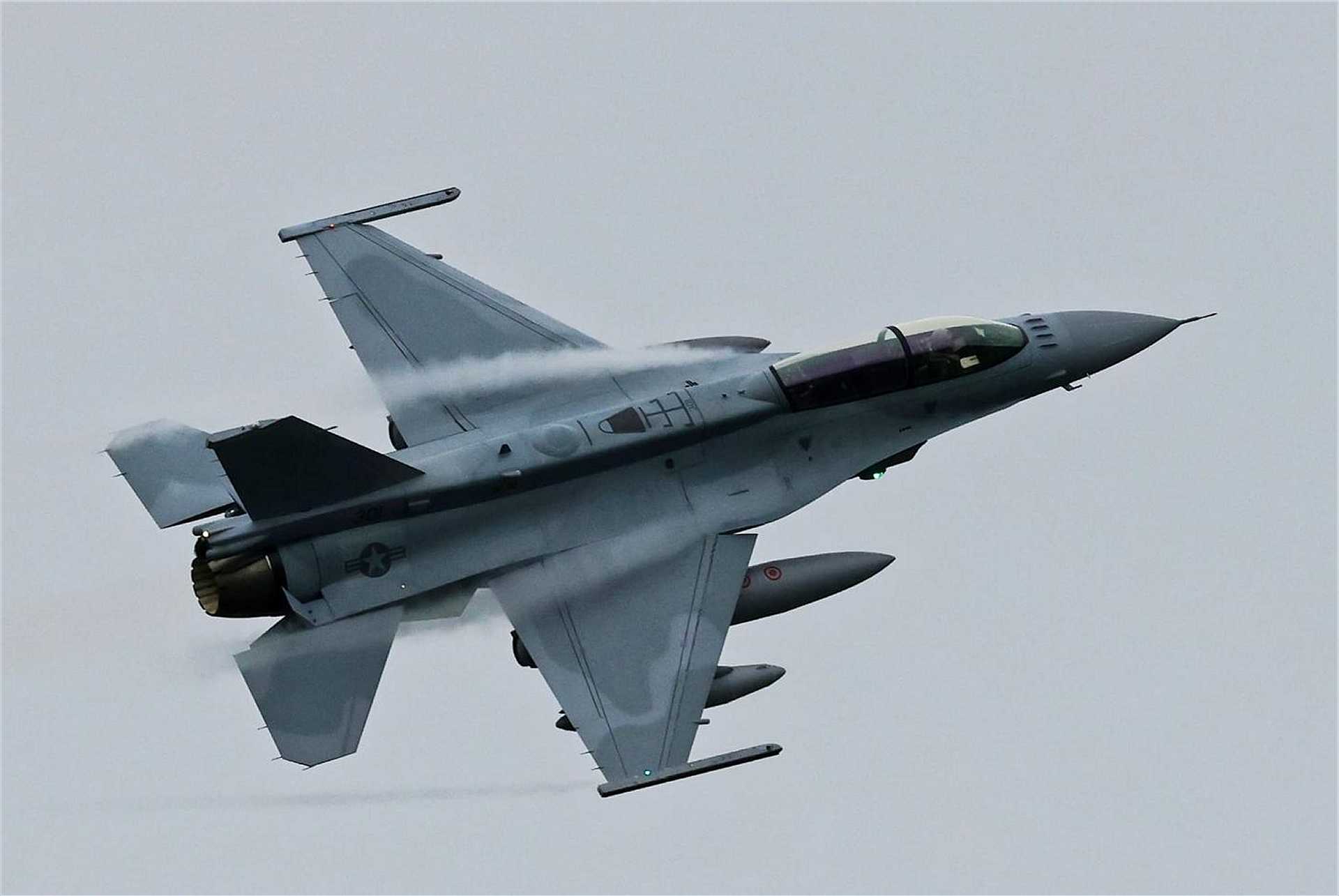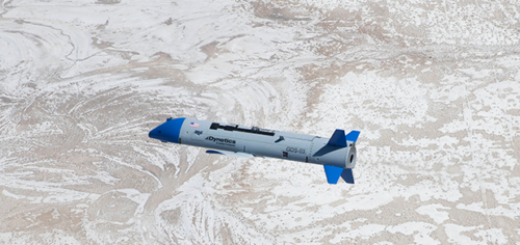Breaking News: Bulgaria Boosts NATO Defense with First US F-16 Fighter Jets Block 70 Replacing Soviet Fighter Aircraft

{loadposition bannertop}
{loadposition sidebarpub}
On April 2, 2025, the Bulgarian Air Force marked a significant milestone with the arrival of its first American-made F-16 Block 70 fighter jet at Graf Ignatievo Air Base. This event signifies a pivotal advancement in Bulgaria’s ongoing efforts to modernize its air defense capabilities and align with NATO standards, signaling a definitive step away from its dependence on legacy Soviet-era combat aircraft.Follow Army Recognition on Google News at this link
The first American-made F-16 Block 70 fighter jet for the Bulgarian Air Force arrives at Graf Ignatievo Air Base, marking the beginning of a new era in Bulgaria’s air defense and the official transition from Soviet-made combat aircraft to advanced NATO-standard fighters. (Picture source: Bulgarian MoD)
Historically, the Bulgarian Air Force has operated a fleet of aging Soviet-made fighters that include 11 MiG-29A Fulcrum jets and 3 MiG-29UB trainers. These aircraft, once regarded as capable fourth-generation fighters, are now considered obsolete by modern standards due to outdated radar systems, limited weapon integration capabilities, and high maintenance demands. In the ground attack role, Bulgaria maintains a small fleet of six Su-25 aircraft, consisting of five Su-25K Frogfoot K and one Su-25UBK trainer variant. Additionally, older MiG-21bis Fishbed and MiG-21UM Mongol B jets remain in storage, no longer viable for front-line operations.
The arrival of the F-16 Block 70 represents a transformative upgrade in Bulgaria’s aerial warfare capabilities. The F-16 Block 70 variant, manufactured by Lockheed Martin, features advanced avionics, improved survivability, and multirole versatility. Central to its capabilities is the Northrop Grumman AN/APG-83 Scalable Agile Beam Radar (SABR), an Active Electronically Scanned Array (AESA) radar offering significant improvements in detection range, tracking precision, and resistance to electronic countermeasures. This radar system enables the F-16 to detect and engage multiple targets simultaneously in both air-to-air and air-to-ground modes.
Other critical enhancements include a modernized cockpit equipped with a high-resolution Center Pedestal Display (CPD), advanced mission computer, and improved electronic warfare suite. The F-16 Block 70 also integrates advanced datalinks, precision-guided munitions capability, and extended range through conformal fuel tanks. Its compatibility with a wide spectrum of NATO-standard weapon systems—ranging from AIM-120 AMRAAMs and AIM-9X Sidewinders to JDAMs and laser-guided bombs—dramatically expands the operational flexibility of the Bulgarian Air Force.
Compared to the MiG-29s, the F-16 Block 70 offers far superior situational awareness, targeting accuracy, and operational reliability. Unlike the legacy Fulcrums, which face increasing difficulty sourcing spare parts due to Bulgaria’s shift away from Russian defense industries, the F-16 provides logistical sustainability through established support channels within NATO and long-term upgrade pathways. Furthermore, pilot workload is greatly reduced through improved automation and interface design, enhancing mission success rates and survivability.
Bulgaria’s path toward acquiring these advanced fighters began with a $1.3 billion agreement in July 2019 for eight F-16 Block 70 aircraft. Although initial deliveries were scheduled for 2023, delays related to the COVID-19 pandemic extended the timeline. In 2022, Bulgaria signed a second contract for an additional eight aircraft, bringing the total order to 16 jets, expected to be delivered by 2027.
This transition has strategic as well as operational implications. With regional security challenges escalating, especially in light of the ongoing conflict in Ukraine, Bulgaria has had to rely on allied NATO forces for air policing. The arrival of the F-16s will bolster Bulgaria’s ability to independently secure its airspace and actively contribute to NATO’s integrated air defense network.
Prime Minister Rosen Zhelyazkov emphasized the broader significance of this acquisition, stating during the aircraft’s arrival ceremony: “This is not just a fighter jet, but a symbol and embodiment of Bulgaria’s strategic partnership with the United States… a partnership that offers a new perspective for the Bulgarian Armed Forces.”
As the Bulgarian Air Force continues to receive the remaining jets from the initial and follow-on orders, pilot training and integration efforts are already underway. The transition to the F-16 Block 70 marks not only a leap in combat capability but a reaffirmation of Bulgaria’s commitment to NATO interoperability and long-term defense modernization.

{loadposition bannertop}
{loadposition sidebarpub}
On April 2, 2025, the Bulgarian Air Force marked a significant milestone with the arrival of its first American-made F-16 Block 70 fighter jet at Graf Ignatievo Air Base. This event signifies a pivotal advancement in Bulgaria’s ongoing efforts to modernize its air defense capabilities and align with NATO standards, signaling a definitive step away from its dependence on legacy Soviet-era combat aircraft.
Follow Army Recognition on Google News at this link
The first American-made F-16 Block 70 fighter jet for the Bulgarian Air Force arrives at Graf Ignatievo Air Base, marking the beginning of a new era in Bulgaria’s air defense and the official transition from Soviet-made combat aircraft to advanced NATO-standard fighters. (Picture source: Bulgarian MoD)
Historically, the Bulgarian Air Force has operated a fleet of aging Soviet-made fighters that include 11 MiG-29A Fulcrum jets and 3 MiG-29UB trainers. These aircraft, once regarded as capable fourth-generation fighters, are now considered obsolete by modern standards due to outdated radar systems, limited weapon integration capabilities, and high maintenance demands. In the ground attack role, Bulgaria maintains a small fleet of six Su-25 aircraft, consisting of five Su-25K Frogfoot K and one Su-25UBK trainer variant. Additionally, older MiG-21bis Fishbed and MiG-21UM Mongol B jets remain in storage, no longer viable for front-line operations.
The arrival of the F-16 Block 70 represents a transformative upgrade in Bulgaria’s aerial warfare capabilities. The F-16 Block 70 variant, manufactured by Lockheed Martin, features advanced avionics, improved survivability, and multirole versatility. Central to its capabilities is the Northrop Grumman AN/APG-83 Scalable Agile Beam Radar (SABR), an Active Electronically Scanned Array (AESA) radar offering significant improvements in detection range, tracking precision, and resistance to electronic countermeasures. This radar system enables the F-16 to detect and engage multiple targets simultaneously in both air-to-air and air-to-ground modes.
Other critical enhancements include a modernized cockpit equipped with a high-resolution Center Pedestal Display (CPD), advanced mission computer, and improved electronic warfare suite. The F-16 Block 70 also integrates advanced datalinks, precision-guided munitions capability, and extended range through conformal fuel tanks. Its compatibility with a wide spectrum of NATO-standard weapon systems—ranging from AIM-120 AMRAAMs and AIM-9X Sidewinders to JDAMs and laser-guided bombs—dramatically expands the operational flexibility of the Bulgarian Air Force.
Compared to the MiG-29s, the F-16 Block 70 offers far superior situational awareness, targeting accuracy, and operational reliability. Unlike the legacy Fulcrums, which face increasing difficulty sourcing spare parts due to Bulgaria’s shift away from Russian defense industries, the F-16 provides logistical sustainability through established support channels within NATO and long-term upgrade pathways. Furthermore, pilot workload is greatly reduced through improved automation and interface design, enhancing mission success rates and survivability.
Bulgaria’s path toward acquiring these advanced fighters began with a $1.3 billion agreement in July 2019 for eight F-16 Block 70 aircraft. Although initial deliveries were scheduled for 2023, delays related to the COVID-19 pandemic extended the timeline. In 2022, Bulgaria signed a second contract for an additional eight aircraft, bringing the total order to 16 jets, expected to be delivered by 2027.
This transition has strategic as well as operational implications. With regional security challenges escalating, especially in light of the ongoing conflict in Ukraine, Bulgaria has had to rely on allied NATO forces for air policing. The arrival of the F-16s will bolster Bulgaria’s ability to independently secure its airspace and actively contribute to NATO’s integrated air defense network.
Prime Minister Rosen Zhelyazkov emphasized the broader significance of this acquisition, stating during the aircraft’s arrival ceremony: “This is not just a fighter jet, but a symbol and embodiment of Bulgaria’s strategic partnership with the United States… a partnership that offers a new perspective for the Bulgarian Armed Forces.”
As the Bulgarian Air Force continues to receive the remaining jets from the initial and follow-on orders, pilot training and integration efforts are already underway. The transition to the F-16 Block 70 marks not only a leap in combat capability but a reaffirmation of Bulgaria’s commitment to NATO interoperability and long-term defense modernization.





